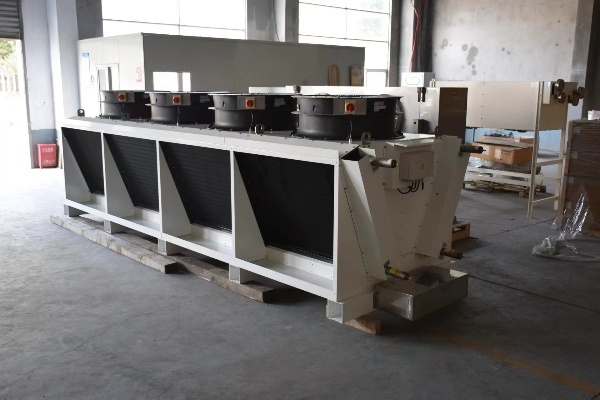| A dry cooling tower (also known as an air-cooled condenser or ACC) is a type of heat exchanger used to cool industrial processes or power plant systems without consuming water. Unlike traditional wet cooling towers that rely on water evaporation, dry cooling towers use air to remove heat from the process fluid (usually water or steam). How a Dry Cooling Tower Works: Hot Fluid Inlet: Hot water or steam from an industrial process or power plant enters finned tubes. Air Cooling: Large fans (forced draft) or natural convection pull/push ambient air over the tubes, cooling the fluid inside. Cooled Fluid Outlet: The cooled fluid is recirculated back into the system. No Water Loss: Since no evaporation occurs, dry cooling towers conserve water, making them ideal for arid regions. Types of Dry Cooling Towers: Direct Dry Cooling (ACC – Air-Cooled Condenser): Steam from a power plant turbine is directly condensed using air-cooled finned tubes. Indirect Dry Cooling (Heller System): Uses an intermediate fluid (like water) to transfer heat before air cooling. Advantages: Disadvantages: Applications: Power Plants (especially in dry regions) Oil & Gas Refineries HVAC Systems Geothermal Plants Comparison with Wet Cooling Towers: Feature Dry Cooling Tower Wet Cooling Tower Water Usage Minimal High (evaporation) Efficiency Lower in heat Higher efficiency Maintenance Less frequent More (water treatment) Cost Higher initial cost Lower initial cost Conclusion: Dry cooling towers are an excellent choice for water conservation but may be less efficient in extremely hot climates. They are widely used in power plants and industries where water scarcity is a concern. Would you like details on a specific type or application? |
Dry Cooling tower Manufacturer in Yemen
